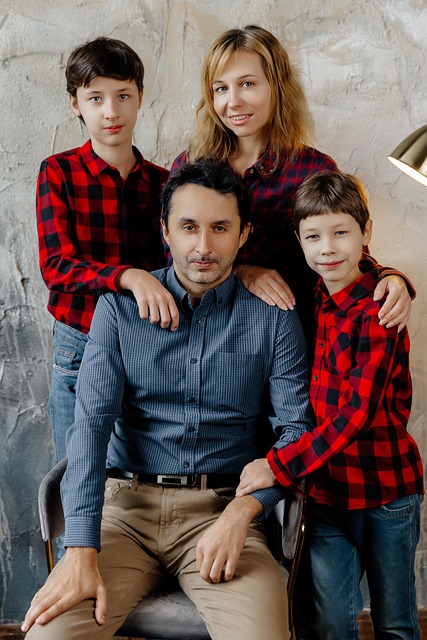In the intricate dance of child custody, balancing individual needs and shared goals is an art. This article explores the delicate equilibrium between safeguarding child custody rights and fostering a harmonious co-parenting environment. By delving into understanding diverse individual needs and the significance of collaborative objectives, we uncover strategic approaches to navigate this challenging yet rewarding journey. Discover how prioritizing child well-being can lead to a successful sharing of responsibilities while respecting every parent’s rights.
Understanding Individual Needs in Child Custody
The Importance of Shared Custody Goals
In today’s complex family structures, shared custody goals have become increasingly vital for ensuring a stable and healthy environment for children. When parents or guardians share custody, it reflects a collaborative approach that prioritises the child’s best interests above individual parental desires. This arrangement allows for a more balanced distribution of time with each parent, fostering stability, continuity, and a sense of security in the child’s life.
Shared custody goals facilitate open communication and mutual respect between parents, which is crucial for co-parenting successfully. It recognises that both parents have equal child custody rights and responsibilities, promoting a cooperative rather than adversarial relationship. This shared vision helps create a cohesive routine for the child, enabling them to thrive in a loving and supportive home environment despite the change in living arrangements.
Balancing Act: Strategies for Harmonious Co-Parenting
In the complex landscape of shared custody, finding a harmonious balance between individual needs and collective goals is an art. Co-parents must navigate a delicate dance to ensure their children thrive in a stable environment, respecting each parent’s role and identity while fostering a sense of unity. This balancing act requires open communication, clear boundaries, and a deep understanding of the child’s unique requirements.
Strategies for successful co-parenting include establishing consistent routines, defining shared values, and creating a collaborative decision-making process. Each parent should actively listen to the other’s perspectives, ensuring that individual needs are met while promoting a unified front. Flexibility and adaptability are key; recognizing that every child and family dynamic is unique, co-parents must tailor their approach to foster a loving and supportive environment, upholding the child’s custody rights at all times.
Preserving Child Well-being While Respecting Rights
In the delicate dance of shared custody, prioritizing the well-being of children is paramount while navigating the intricate web of individual needs and collective goals. This involves a nuanced approach that recognizes and respects the inherent child custody rights of all involved parties. It’s crucial to create a balanced environment where each parent retains their rights to foster meaningful connections and contribute to the child’s overall development.
By striking this delicate balance, parents can ensure their children thrive in a stable, loving home. This includes recognizing and accommodating unique individual needs—be it educational, emotional, or recreational—while also promoting consistent routines and shared experiences that strengthen familial bonds. In essence, it’s about harmonizing the rights of each parent with the paramount goal of safeguarding and enhancing the child’s welfare.
In navigating the delicate balance between individual needs and shared custody goals, the ultimate priority is the well-being of the child. By understanding each parent’s unique requirements and adopting strategies that promote harmonious co-parenting, it becomes possible to preserve a stable and loving environment for the child. Recognizing and respecting child custody rights ensures a healthy relationship between all parties involved, fostering an atmosphere where both parents can contribute positively to their child’s life.
